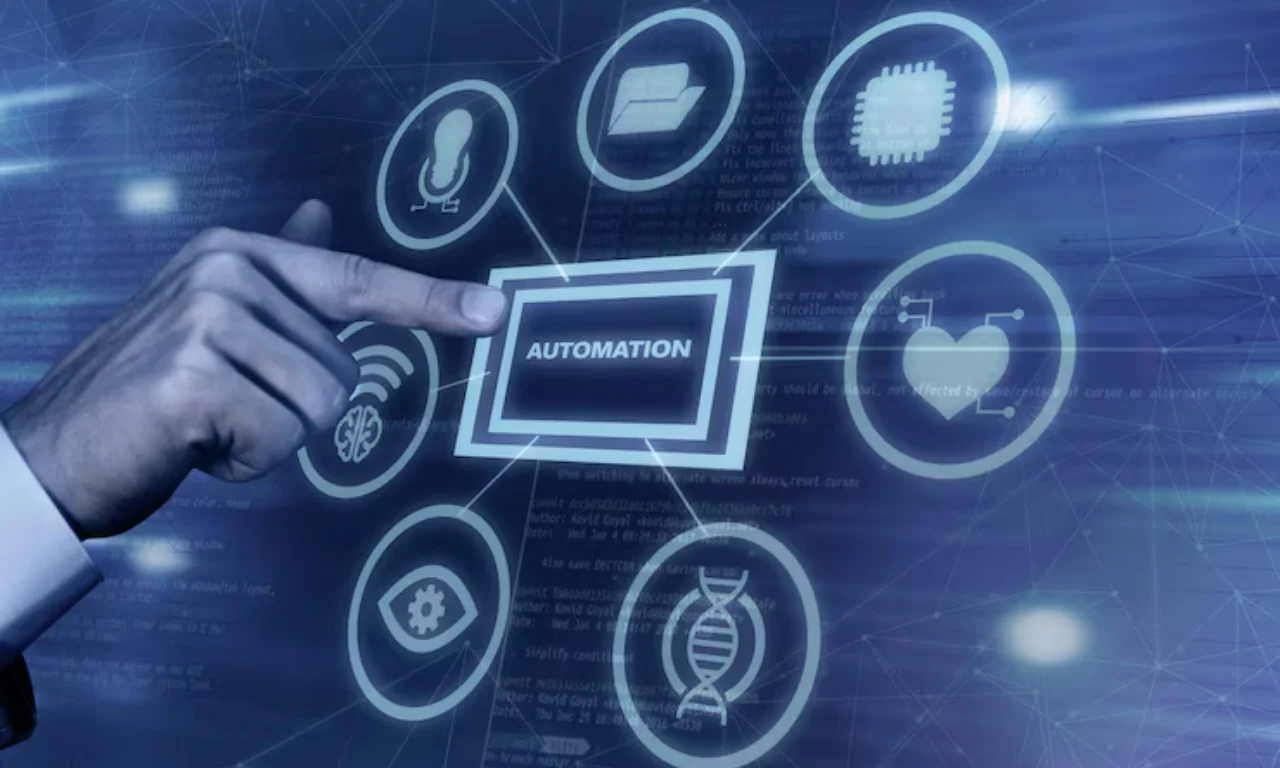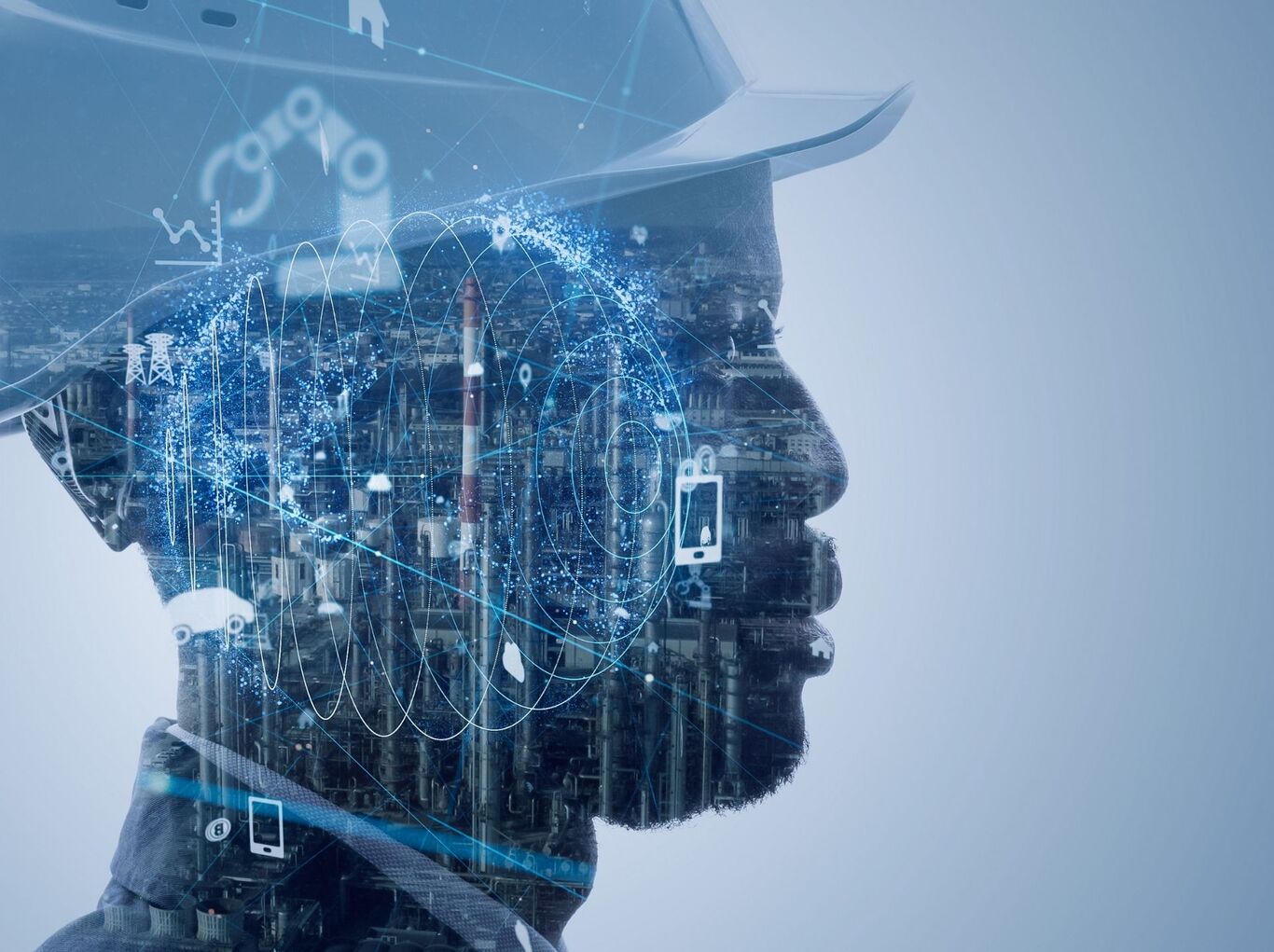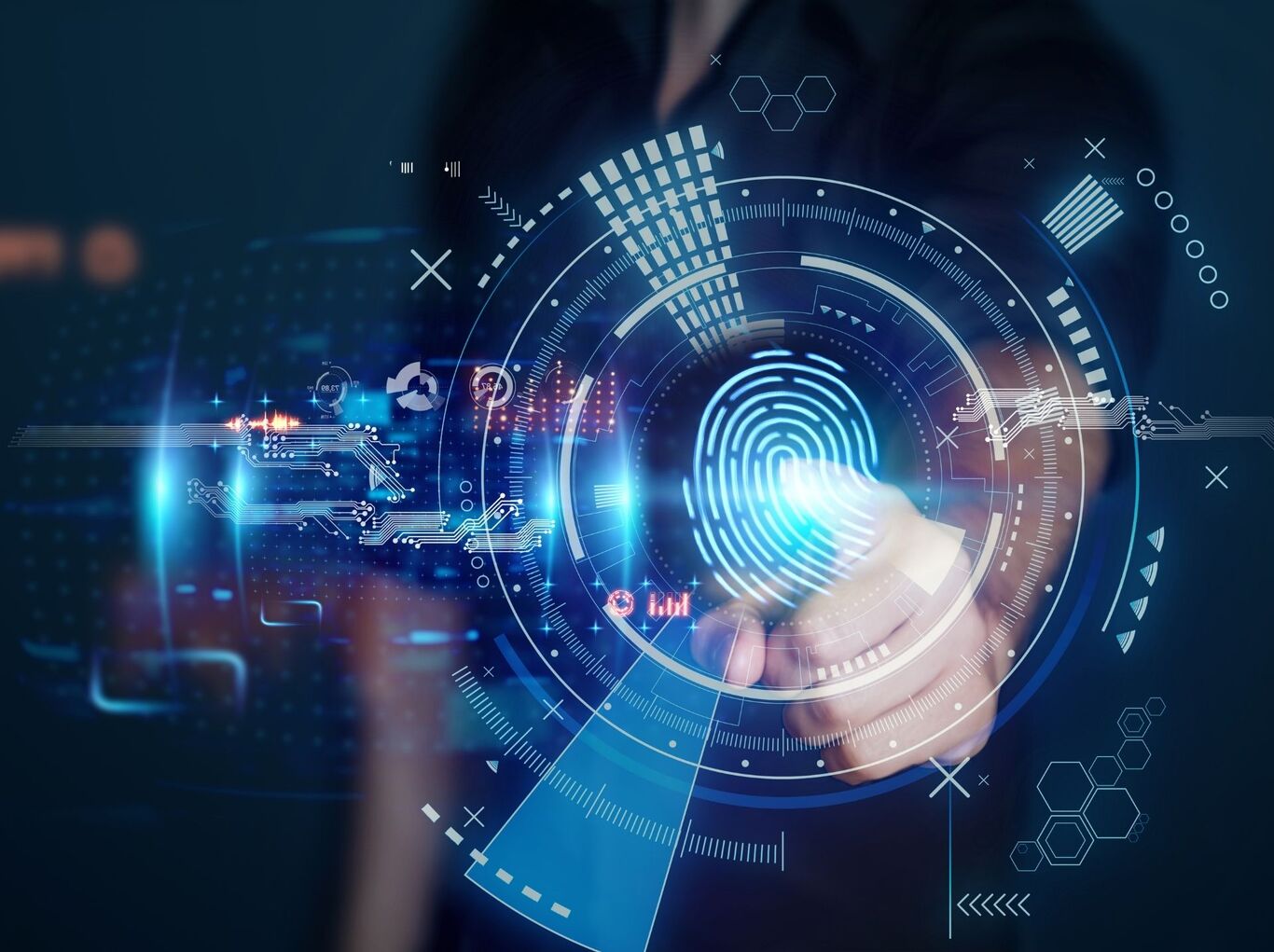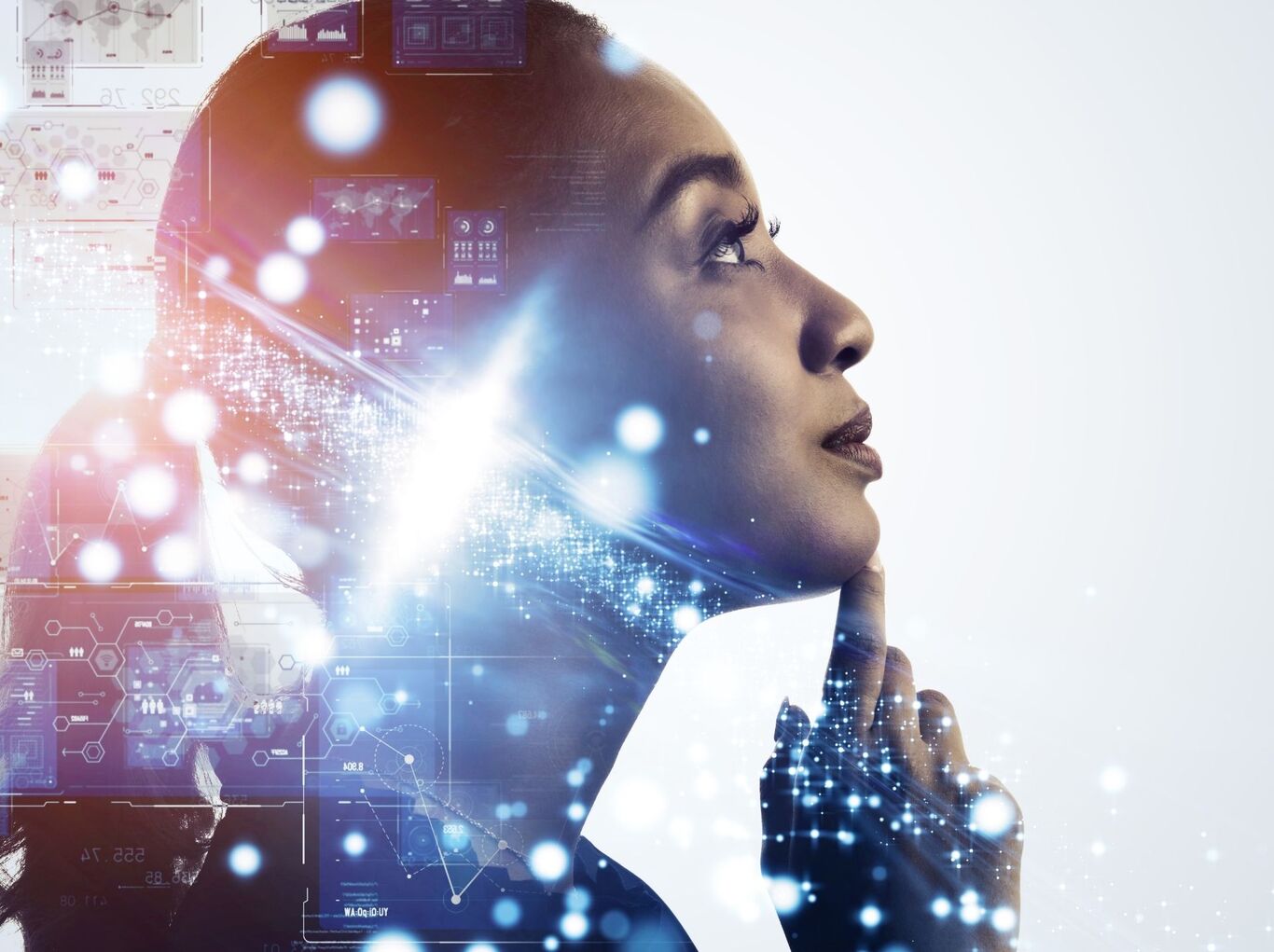Autonomous AI: How AI is used in Autonomous Vehicles to Make Independent Decisions

Autonomous AI aren’t just systems that automate a few of your tasks. They’re machines that can think, decide, and act on their own. From improving operational efficiency to decision-making and risk management, these tools optimise your entire business operations. They are your 24/7 digital assistants that keep an eye on everything, alert you when something’s off, and sometimes even fix the problem themselves. Whether it’s in healthcare, agriculture, finance, or transportation, autonomous AI is already changing how work gets done. It manages portfolios in real-time, helps doctors diagnose more quickly, operates farms with precision, and even powers vehicles without a human driver.
Did you know autonomous AI could unlock $450 billion in economic value in just three years, yet only 2% of companies have fully scaled these systems? That means 98% are leaving serious money on the table. They're missing out on faster decisions, leaner operations, and systems that run themselves while their competitors pull ahead.
So what's holding them back? This gap isn't just about tech adoption, but it's more about understanding what autonomous AI can actually do for your business.
In this blog, we'll show you exactly what autonomous AI is and what it can accomplish. You'll see how it benefits your business, what's preventing companies from adopting it, and get practical solutions to overcome these barriers.
What are autonomous agent in AI?
Autonomous agents are AI systems that can make decisions and take actions on their own to achieve specific goals. They don’t just follow rules they learn, adapt, and act in real time without constant human input, helping businesses run smarter and faster.
What makes AI truly autonomous: The evolution from generative to agentic AI
Autonomous AI, often referred to as agentic AI is a kind of artificial intelligence that can take can act with limited human support. Unlike traditional or generative AI models that need constant prompting or direction, these systems can interact with their environment, draw reasonable conclusions, and adjust their approach based on the outcomes.
Let's take a look at the autonomous AI vs generative AI difference to better understand how autonomous AI is unique
| Aspect | Generative AI | Autonomous AI / Agentic AI | |
|---|---|---|---|
| **Primary objective ** | Produce novel content—text, images, code, audio, video | Sense, decide and act to accomplish goals in the physical or digital world | |
| **Typical input ** | A prompt describing the desired output | A goal + real-time environmental data (sensors, APIs, UI state) | |
| **Typical output ** | Human-readable artefacts (blog post, design, melody) | Executed actions or completed tasks (route optimisation, item picked, report filed) | |
| **Decision-making loop ** | One-shot or limited back-and-forth with the user | Continuous perception-planning-action cycle without waiting for new prompts | |
| **Key enabling models/tech ** | Large language or diffusion models learning latent patterns | Multi-agent orchestration, reinforcement learning, tool calling and real-time feedback | |
| **Example products ** | ChatGPT, Midjourney, Gemini, Copilot | Self-driving cars, warehouse robots, and autonomous customer-service agents | |
| **Strengths ** | Rapid ideation, creative variation at scale | Operational efficiency, 24/7 execution, goal-driven adaptability | |
| Limitations | No agency—needs a human to deploy the output | Safety, alignment and systems-integration challenges; higher compute & data demands |
Learn more about AI and how businesses are using it
What sets autonomous AI apart: 5 key features to know about!
Autonomous AI comes with several features that make it ideal for businesses aiming to build smarter workflows, reduce manual oversight, and improve decision accuracy at scale. These capabilities go beyond automation and cover the following:
1. Independent decision-making
A smart decision-making engine is at the heart of every autonomous AI system. These systems evaluate various options and select the best one using algorithms, historical data, and real-time inputs.
For instance, Waymoo’s self-driving fleet completed over 4 million autonomous miles in San Francisco in 2024 without a safety driver with AI. The automated system constantly re-evaluates its route based on live traffic, weather, and pedestrian activity. Instead of just following rules, they look at how things are changing and adapt accordingly.
2. Human-AI collaboration
Autonomous AI isn’t here to replace people, but it’s built to work alongside them. In fields such as medicine or law, these systems can share insights, provide recommendations, and highlight risks, enabling professionals to make more informed decisions.
At the Mayo Clinic, AI is being used in radiology to support diagnosis by identifying subtle patterns in imaging that the human eye might miss. Instead of replacing doctors, AI helps flag abnormalities, prioritise cases, and improve overall efficiency in high-pressure clinical settings.
3. Adaptability
One of the most interesting autonomous AI features is that it can learn and continually improve itself. It utilises feedback loops to understand what works and what does not. Hence, it continually adapts its operations over time. This change enables the AI to perform better while ensuring it continues to perform well even when its surroundings change.
###4. Goal-oriented functionality
Autonomous AI agents are typically designed with a single target in mind. Whether it be for route navigation, supply chain efficiencies, or optimising for efficient energy use within a smart building, these systems proactively pursue their objectives. It creates a plan, executes steps, and adjusts along the way to stay aligned with its target.
5. Environmental awareness
Autonomous AI systems need to be aware of their surroundings to function efficiently. They gather information from sensors, cameras, GPS data, and other sources, and use it to make informed real-time decisions.
This type of situational awareness is crucial for tasks such as drone navigation or operating automated machines in dynamic environments.
The business benefit: 3 major perks of autonomous AI implementation
Autonomous AI gives your business a chance to move beyond repetitive approvals, fragmented systems, and lengthy decision processes toward smarter, more efficient operations.
Here are the autonomous in business benefits:
1. Operational efficiency and cost reduction
According to a McKinsey report, companies that implemented AI for operational optimisation saw 20-30% higher efficiency.
Autonomous AI makes this possible by handling time-intensive processes, such as data entry, inventory checks, scheduling, and compliance reviews, without requiring manual intervention. For instance, it assists support teams by automatically resolving common queries, triaging tickets based on urgency, and routing issues to the right departments. This frees up human agents for more complex problems.
Its ability to operate 24/7 without fatigue ensures that workflows function uninterrupted. Similarly, with real-time decision-making and error-checking, it reduces downtime and labour costs while improving accuracy.
2. Fast and informed decision-making
One of the biggest advantages of autonomous AI is its ability to process large-scale data inputs and make decisions faster than any human team ever could.
In high-stakes sectors like finance and insurance, this speed isn’t just convenient but quite helpful. Autonomous trading platforms, for example, execute buy/sell decisions in microseconds by analysing live market signals alongside historical data patterns, far outperforming traditional human-led strategies.
This real-time responsiveness also gives autonomous AI a strategic edge in high-risk domains like cybersecurity. Autonomous agents can detect and neutralise threats before human analysts even know about them, allowing for a level of proactive defence that manual systems simply can’t match.
3. Compliance and risk management
Autonomous AI plays a crucial role in helping businesses stay compliant and manage risk, particularly in industries where even a minor error can result in significant legal, financial, or reputational consequences.
These systems can monitor operations in real-time, flag anomalies, and enforce internal policies automatically without requiring human intervention. For example, they can scan thousands of financial transactions per second for potential indicators of fraud or regulatory violations.
By continuously analysing data against changing rules (such as GDPR, HIPAA, or SOX), autonomous AI reduces manual compliance burdens and ensures that nothing slips through the cracks. Unlike human reviewers who may miss a red flag in a 300-page report, autonomous systems are precise and proactive.
Key challenges of autonomous AI and how to solve them
Despite its strong potential, autonomous AI comes with certain challenges that must be addressed for responsible, scalable adoption.
Here are three of the most pressing autonomous AI challenges and how businesses are navigating them.
1. High cost
Building autonomous AI systems demands significant investment in infrastructure, skilled talent, and computing resources. This cost can be higher when it comes to solutions such as autonomous robotics, drones, or diagnostics.
Solution: Many businesses are turning to modular AI platforms and open-source toolkits to reduce costs.
2. Bias
Autonomous AI systems learn from the data they’re trained on and that data often comes with historical biases. This can lead to discriminatory outcomes in hiring, lending, law enforcement, and even healthcare diagnostics.
Solution: To mitigate this, companies are turning to fairness audits, synthetic data augmentation, and explainable AI models.
3. Cyber threats
Autonomous systems operate continuously and often handle sensitive data, making them prime targets for cyberattacks. In critical infrastructure or autonomous vehicles, a breach could lead to real-world harm.
Solution: Enterprises are now embedding zero-trust architectures, real-time threat detection, and adversarial training into autonomous AI workflows.
Real-world applications: Where autonomous AI is making critical decisions today
Let's look at how autonomous AI is being used in the real world in a variety of fields to get a better idea of its applications:
1. Automobile: AI in autonomous vehicles
Autonomous AI is the brain behind self-driving vehicles in the automotive industry. These vehicles use sensors, cameras, and advanced algorithms to understand their surroundings, make decisions, and move through traffic without human input.
Tesla’s Autopilot and Waymo’s fully driverless taxis are two of the most advanced autonomous AI examples in the world today. Both rely on deep neural networks to interpret real-time data and safely navigate complex urban environments.
Waymo, in particular, has logged over 20 million miles on public roads and more than 20 billion miles in simulation as of early 2024. With every mile, the system learns and adapts, steadily improving its ability to drive without human intervention.
2. Financial trading
In financial services, autonomous AI is handling tasks that once required teams of experienced analysts.
These systems can independently manage investment portfolios, detect unusual transaction patterns, and make trading decisions in real-time. By analysing vast datasets and running numerous simulations, autonomous AI can forecast market risks, adjust asset allocations, and respond to volatility more quickly than any human team.
Today, many leading financial institutions use these AI-driven systems to support decisions on portfolios worth billions.
A prime example is BlackRock, one of the world’s largest asset managers. The company uses autonomous AI systems to help oversee and manage assets worth over $10 trillion. These systems perform millions of calculations daily, providing real-time insights that support a range of applications, from risk forecasting to investment planning.
3. Healthcare
Autonomous AI in healthcare is helping to improve diagnostics and surgical procedures. These systems analyse medical scans with high precision, helping detect subtle differences that might otherwise be overlooked. By making faster and more accurate interpretations, they support clinicians in reaching more confident conclusions.
A notable example is GI Genius, an FDA-approved AI-powered endoscopy module that autonomously detects colorectal polyps in real-time during colonoscopies. Unlike traditional tools that merely assist, this system actively makes clinical decisions during the procedure, significantly improving detection rates.
A study published in The Lancet Gastroenterology & Hepatology showed that GI Genius increased the adenoma detection rate by 14% compared to standard colonoscopy.
4. Agriculture
The agriculture sector is also not behind when it comes to adopting autonomous AI. Drones and robotic harvesters powered by AI are now being used across farms to monitor crop health, detect pests, and optimise irrigation. These systems provide real-time data on soil conditions, plant stress, and pest activity, allowing farmers to take precise action.
Furthermore, some farms are using AI to guide autonomous tractors for precise planting, while others rely on it to automate sorting and grading of produce after harvest. These applications not only improve efficiency but also help reduce waste and resource usage across the farming cycle.
Final thoughts on autonomous AI
Letting a machine act on its own is a big deal. We’ve come a long way from needing humans at every step to autonomous AI systems that think and act independently. From speech recognition to autonomous driving ai- driverless cars, we’ve reached Level 5 autonomy in some cases.
Autonomous AI is no longer science fiction. It’s here, making work smoother, decisions smarter, and life better.
At GrowthJockey, you will find support to access AI and ML solutions tailored to your business goals, whether that’s boosting customer intelligence or automating repetitive tasks. We work closely with you to identify exactly where AI can deliver the most value.
At the same time, you also have access to Intellsys. Our plug-and-play AI autonomous solution unifies your data across business operations, auto-generates detailed reports, and delivers innovative suggestions to improve resource allocation and ROI.
FAQs on autonomous AI
1. What is the difference between autonomous AI and generative AI?
Generative artificial intelligence focuses on producing new content or data by learning patterns from current datasets. On the other hand, autonomous artificial intelligence focuses on systems that can make decisions and complete tasks independently.
2. What are the main autonomous AI types?
These include reactive agents that respond instantly without memory, deliberative agents that plan using internal models, and hybrid agents that combine both approaches. Each of these autonomous AI types is suited for different tasks, from robotics to logistics.
3. What is an autonomous agent in AI?
An autonomous agent in AI is a system capable of running autonomously to achieve a goal free from direct human involvement. Based on their assigned goals and sense of their surroundings, these agents can make judgments and act upon them.
4. Is autonomous AI only suitable for large enterprises?
Not anymore. While the early systems were resource-intensive, modular agentic frameworks now let startups deploy autonomous tools for customer support, sales, or operations with lower costs. There are also autonomous solutions like Intellsys offer ready-to-use autonomous AI agents that don’t require in-house development.
5. Are there regulations around using autonomous AI in business?
Yes, there are regulatory bodies, such as the EU AI Act, the US FTC, and India’s Digital Personal Data Protection Act, that regulate the use of AI in business. They are introducing guidelines for transparency, fairness, data protection, and accountability in autonomous systems.








